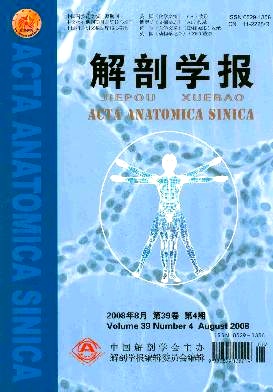|
|
Gene frequencies of 16 genetic traits in Yi and Bai nationalities in Guizhou province
2009, 40 (3):
503-506.
doi: 10.3969/j.issn.0529-1356.2009.03.032
Objective To investigate gene frequencies and it’s distributive characteristic on some genetical traits of Yi and Bai nationalities in Guizhou province. Methods Using the methods of population genetics, we investigated 16 genetic characters of 879 cases (Yi nationality 472, Bai nationality 407) of Yi and Bai nationalities in Guizhou province. Gene frequencies of 16 genetical traits were calculated. Using the EM>U/EM>test, the significant differences were checked between Yi and Bai nationalities, and then compared with other populations. Results Gene frequencies on 16 genetical traits (curly top of tongue,curly sides of tongue, thickness of lips, chin type, hair matter, hair vortex, eyelid, front form of hair, eyelash, cerumen, darwinian point, handedness, thumb style, hair of middle finger, style of fore and ring fingers(males), style of fore and ring fingers(females) and curl of little finger) in Yi nationality in Guizhou province are 0.0424, 0.3427, 0.5539, 0.3527, 0.1894, 0.3860, 0.4960, 0.1089, 0.5132, 0.1363, 0.3652, 0.6285, 0.2190, 0.3397, 0.0673, 0.0797 and 0.3144 respectively; In Bai nationality, they are 0.0450, 0.3868, 0.4940, 0.2993, 0.2210, 0.3188, 0.4075, 0.0901, 0.6285, 0.0808, 0.4238, 0.7034, 0.2550, 0.3707, 0.0678, 0.0950 and 0.2901 respectively. Conclusion There are very low positions on 5 genetical traits(curly top of tongue, hair of middle finger, hair vortex, thumb style and curl of little finger), and very higher level on 2 genetical traits (chin type and eyelash), and the middle positions on other 9 genetical traits(curly sides of tongue, thickness of lips, hair matter, style of fore and ring fingers(males), style of fore and ring fingers(females), cerumen, darwinian point, handedness, eyelid, front form of hair) of Yi and Bai n
Related Articles |
Metrics
|


